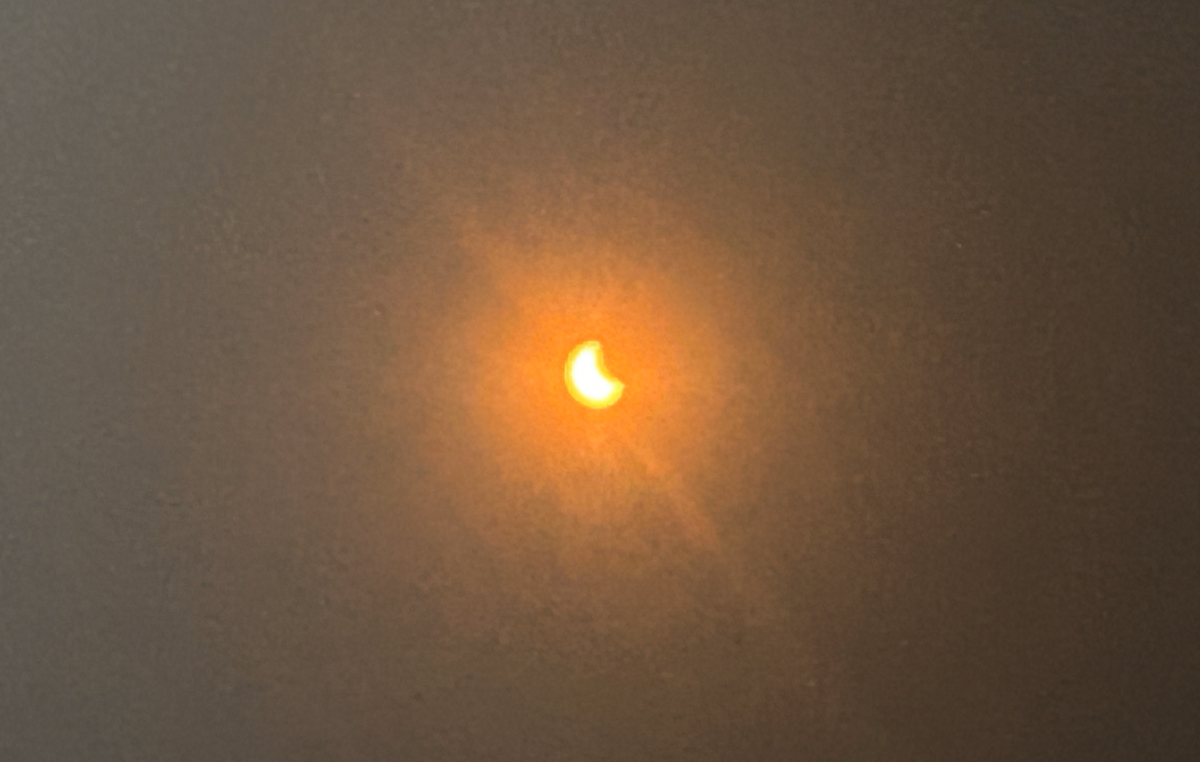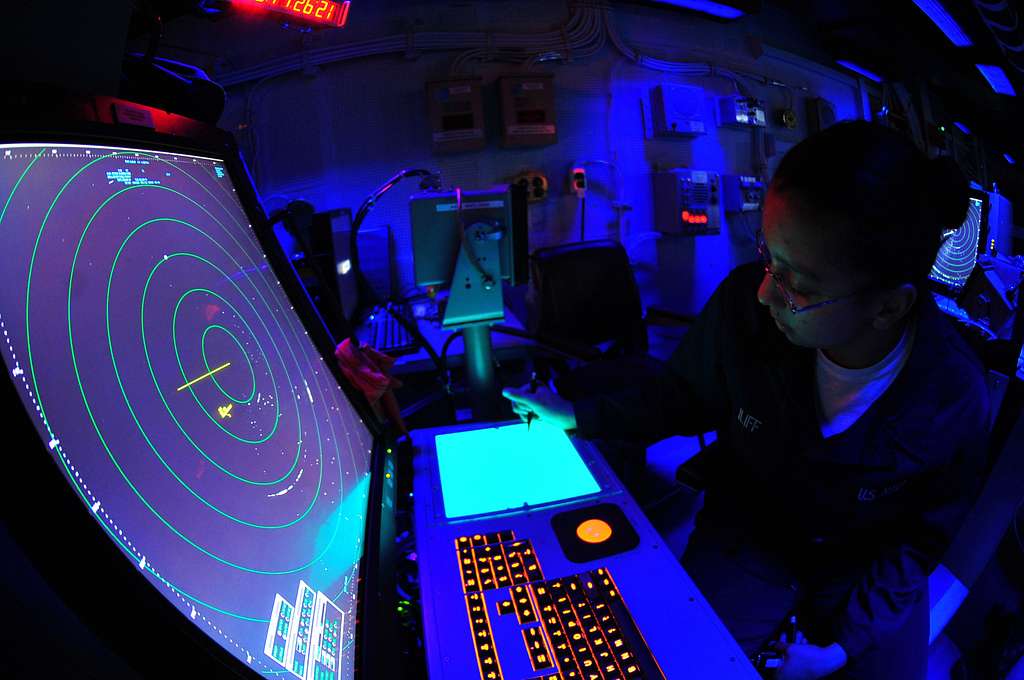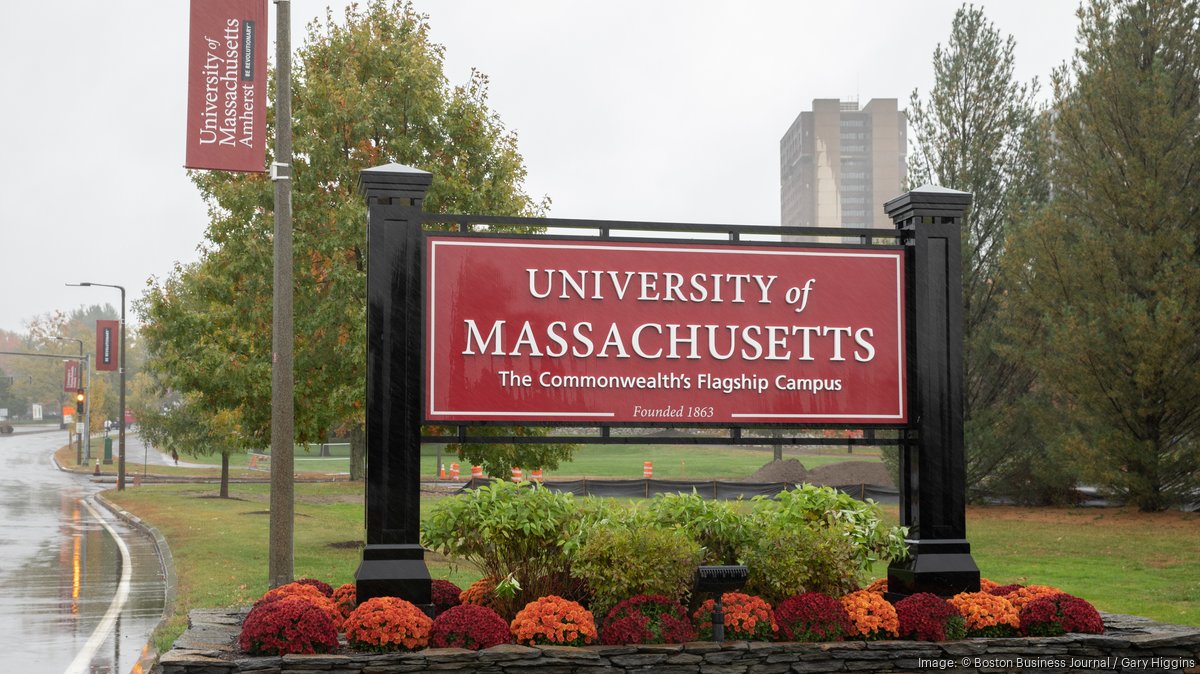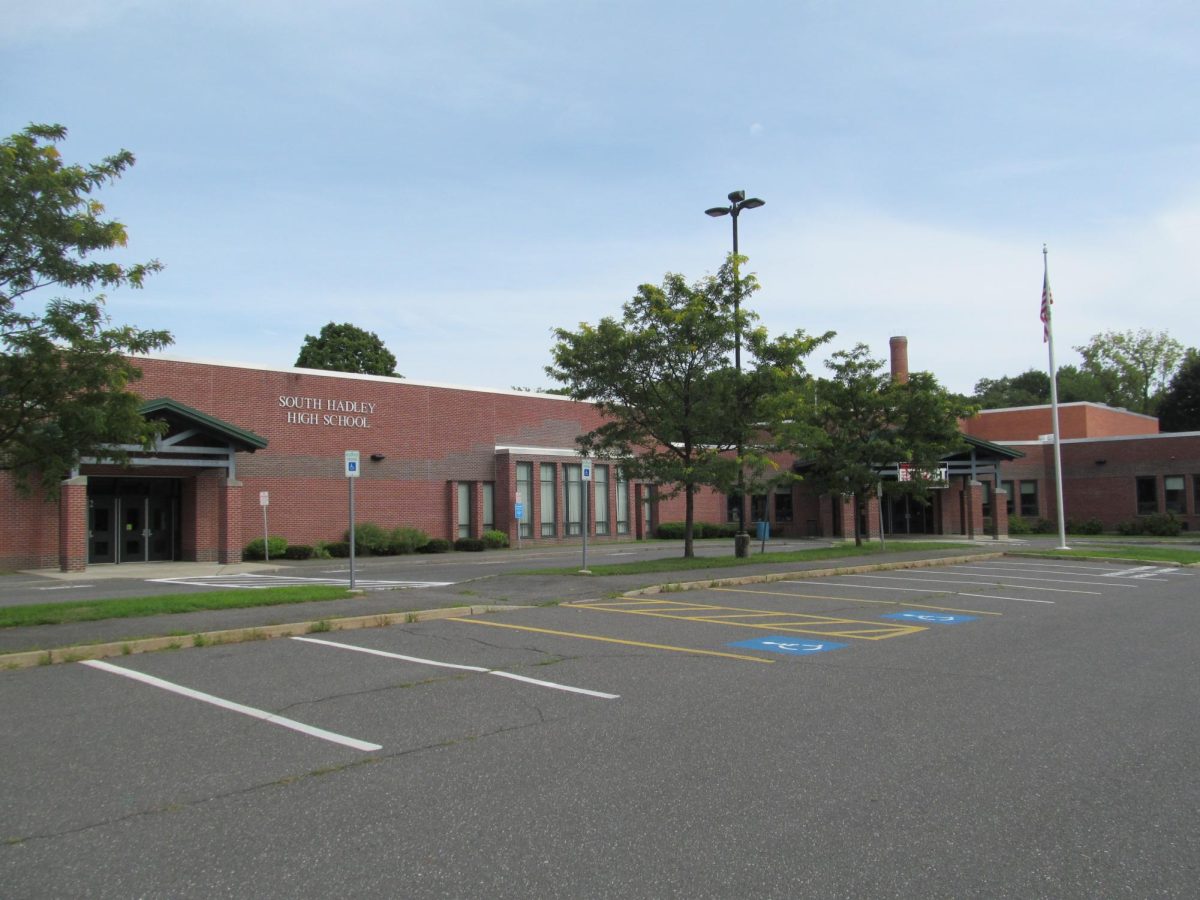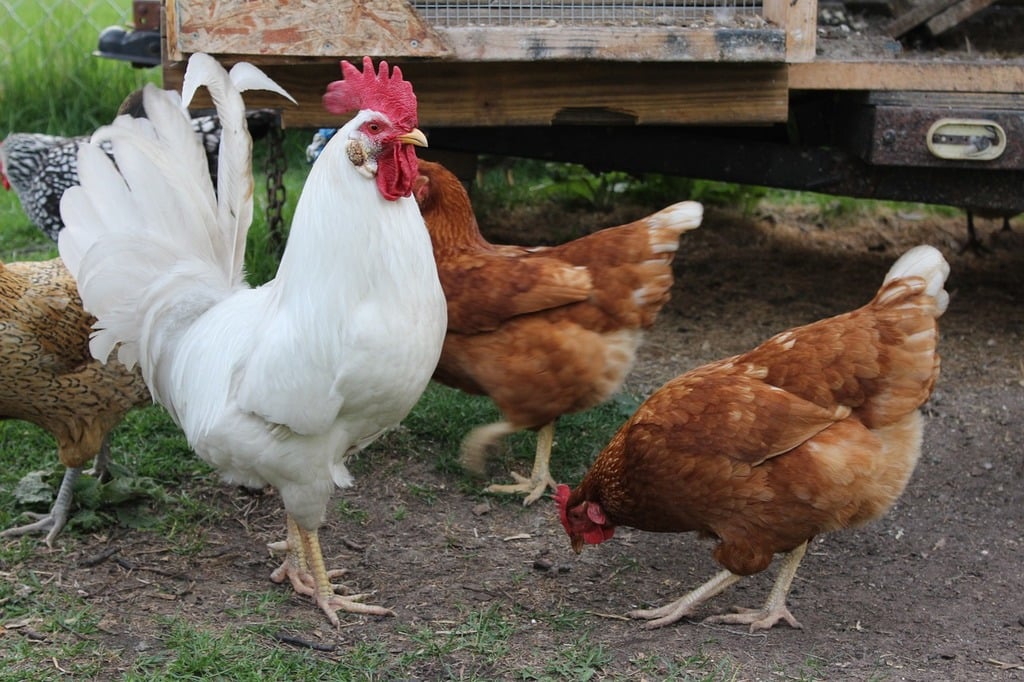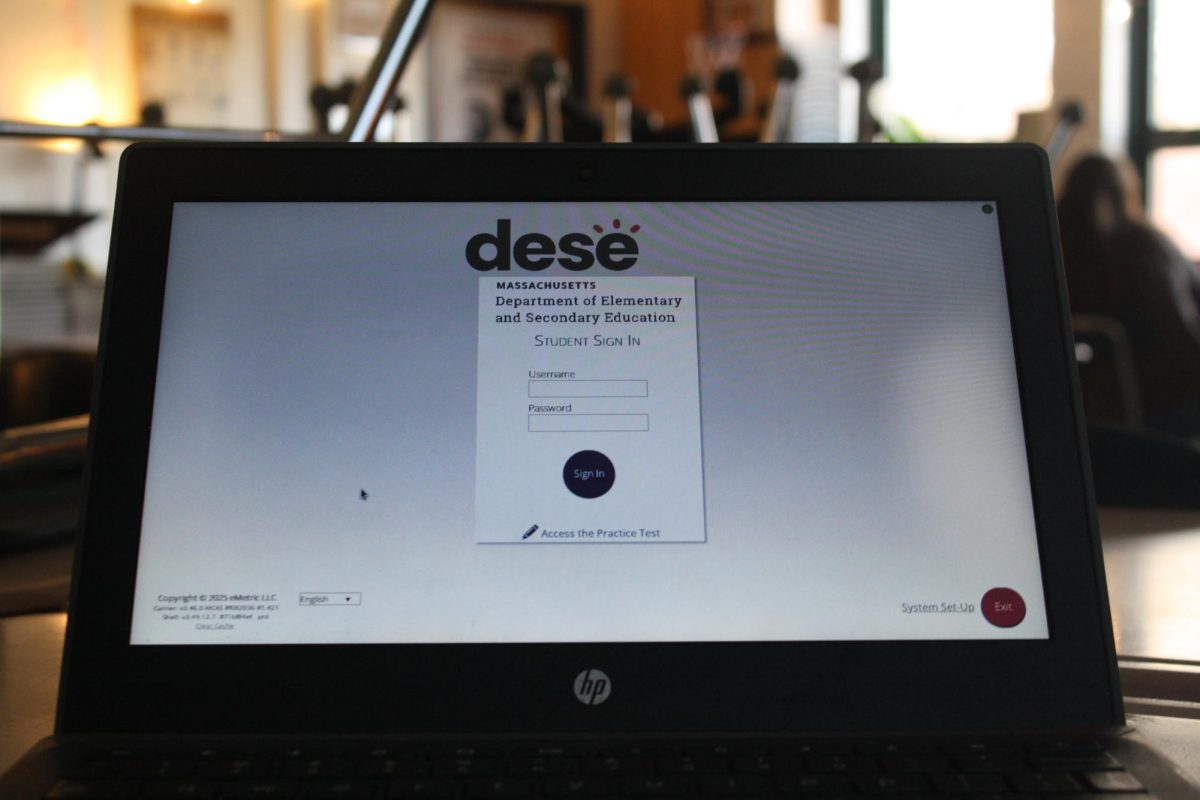On April 8, North America bore witness to a rare astronomical phenomenon – a total solar eclipse. This was the first time in seven years that North America witnessed such an event. During the eclipse, the moon blocked the sun’s face completely, resulting in a short period of darkness known as totality.
While the total solar eclipse was only visible in a few select areas, the event was still a unique opportunity for many. While Massachusetts only experienced a partial solar eclipse, locals were still excited about the rare event.
“This one is pretty special to us because it’s the closest it has ever been in a very long time,” said science teacher Richie Meigs. “The last one was in 2017, and the closest it got was like the New Jersey area, and for it to get this close to us is miraculous, even though we don’t get to see the full eclipse.”
Meigs stressed the importance of taking safety precautions while watching the eclipse.
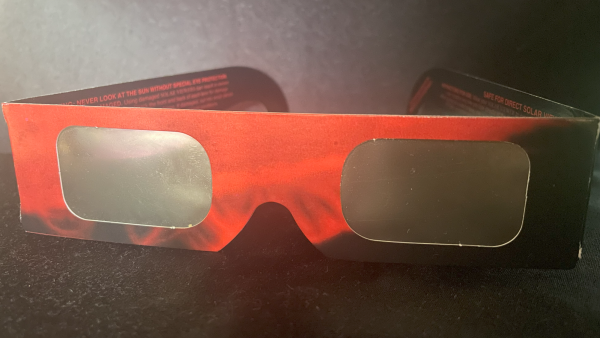
“Electromagnetic waves from the sun can be extremely dangerous, and even though it may not seem like they are affecting you, they can cause long-term effects,” Meigs said. “Light bends in all different ways, so it still can hit your eyes, which is why we have to be extra cautious.”
One way to safely view the eclipse was by using solar eclipse glasses. These glasses protect your eyes and allow you to properly watch the eclipse. However, for those who didn’t have access to eclipse glasses, there were other ways to witness the phenomenon, according to science department chair Ramona Smith.
“You can watch live streams, or you can make a pinhole projector, where you poke a hole through paper and watch the sun progressively fill the hole,” Smith said.
For some, witnessing a solar eclipse is more than just a unique experience. Sophomore Tovah Woldorf has a unique connection to solar eclipses, as her family has a tradition of traveling to places along the path of totality to witness the event together.
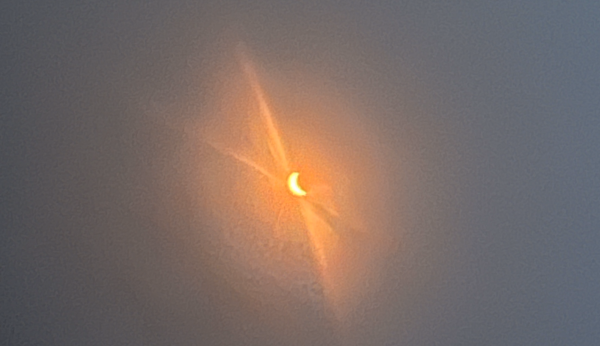
“My great-grandfather was the root of this tradition. He was an astrophysicist and had an asteroid named after him,” Woldorf said. “Although I never got to meet him, in his memory we go anywhere within the line of totality, and all stay together like he wanted. This is our way of remembering him.”
To witness the eclipse, Woldorf stayed in a small town outside of Austin, Texas, where there was one hundred percent totality. The last solar eclipse Woldorf witnessed with her family was in Salt Lake City, where they drove out to a park to watch it.
“I experienced the last one when I was nine,” Woldorf said. “I was honestly scared because of how dark it became, but I had an amazing time with my family.”
Smith explained what Woldorf saw and what we see when we view a total solar eclipse.
“Because of their distances, the moon is able to cover the sun,” Smith said. “For those experiencing the totality, it’s going to be like nighttime almost. Which makes you able to see the corona, the crown of the sun, and it’s the only time it’s visible.”
